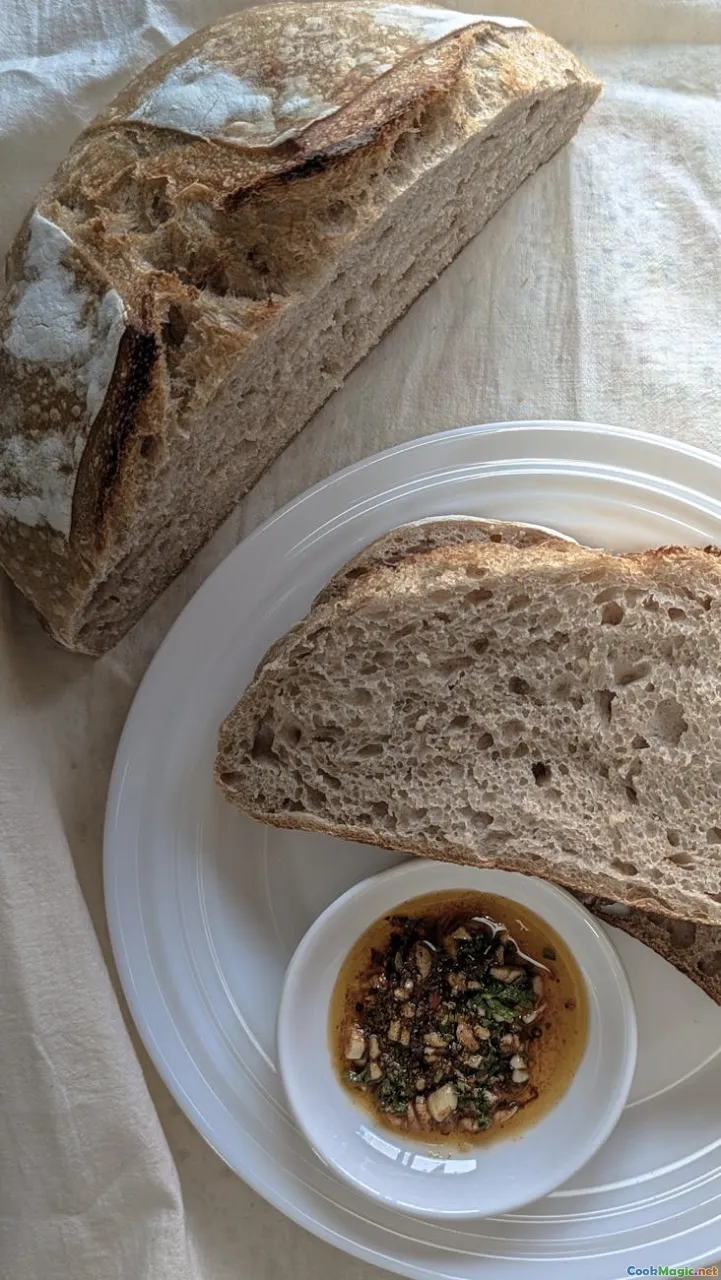The Science of Yeast Activation
5 min read Discover the fascinating science behind yeast activation and its critical role in baking and fermentation. April 15, 2025 18:00
The Science of Yeast Activation
Yeast is a tiny organism that plays a monumental role in the culinary world, especially in baking and fermentation. Understanding how yeast works can significantly enhance your baking skills and the quality of your baked goods. In this article, we'll delve into the science of yeast activation, examining what yeast is, how it functions, and tips for using it effectively in your kitchen.
What is Yeast?
Yeast is a type of fungus, and the most commonly used species in cooking is Saccharomyces cerevisiae. This microorganism is responsible for the fermentation process, which converts sugars into alcohol and carbon dioxide. This biochemical reaction is what makes yeast essential for baking bread, brewing beer, and even winemaking.
How Does Yeast Activation Work?
The Activation Process
Yeast activation involves several steps:
- Hydration: Dry yeast needs to be hydrated before it can become active. This is typically done by mixing it with warm water (between 100°F to 110°F or 37°C to 43°C).
- Feeding: Yeast feeds on sugars, which can come from flour or added sugars. When hydrated, yeast begins to consume these sugars.
- Fermentation: As yeast consumes sugar, it produces carbon dioxide and alcohol. In bread-making, the carbon dioxide gets trapped in the dough, causing it to rise.
- Proofing: This is the final stage where the dough is allowed to rise before baking. During this time, yeast continues to produce gas, creating a light and airy texture in the finished product.
Ideal Conditions for Yeast Activation
For successful yeast activation, certain conditions must be met:
- Temperature: Yeast thrives in warm environments. Temperatures above 120°F (49°C) can kill yeast, while temperatures below 70°F (21°C) can slow down its activity.
- Moisture: Yeast needs moisture to activate. Dry environments can inhibit its growth, so ensure your ingredients are well-hydrated.
- Sugar: Providing sugar is essential for yeast activation. Consider using honey, malt, or even simple granulated sugar to kickstart the fermentation process.
Common Mistakes to Avoid
- Using Cold Water: Activating yeast with cold water can delay or inhibit fermentation. Always use warm water.
- Overproofing: Letting dough rise for too long can lead to overproofing, causing the dough to collapse. Monitor the dough and look for it to double in size.
- Neglecting Freshness: Always check the expiration date on your yeast. Old yeast may not activate properly.
Surprising Facts About Yeast
- Yeast is Alive: Yeast is a living organism. It requires care and attention to thrive, similar to how we nurture other ingredients.
- Varieties of Yeast: While baker's yeast is the most well-known, there are many types of yeast, including wild yeast used in sourdough and champagne yeast used in brewing.
- Yeast and Flavor Development: Yeast contributes not only to the texture of baked goods but also to their flavor. Different fermentation times and temperatures can lead to unique flavors in bread.
Conclusion
Understanding the science of yeast activation can transform your baking and fermentation skills. By providing the right conditions and avoiding common mistakes, you can harness the power of yeast to create delicious, airy breads and other baked goods. Next time you bake, remember the tiny yet mighty yeast at work, transforming simple ingredients into culinary masterpieces.









